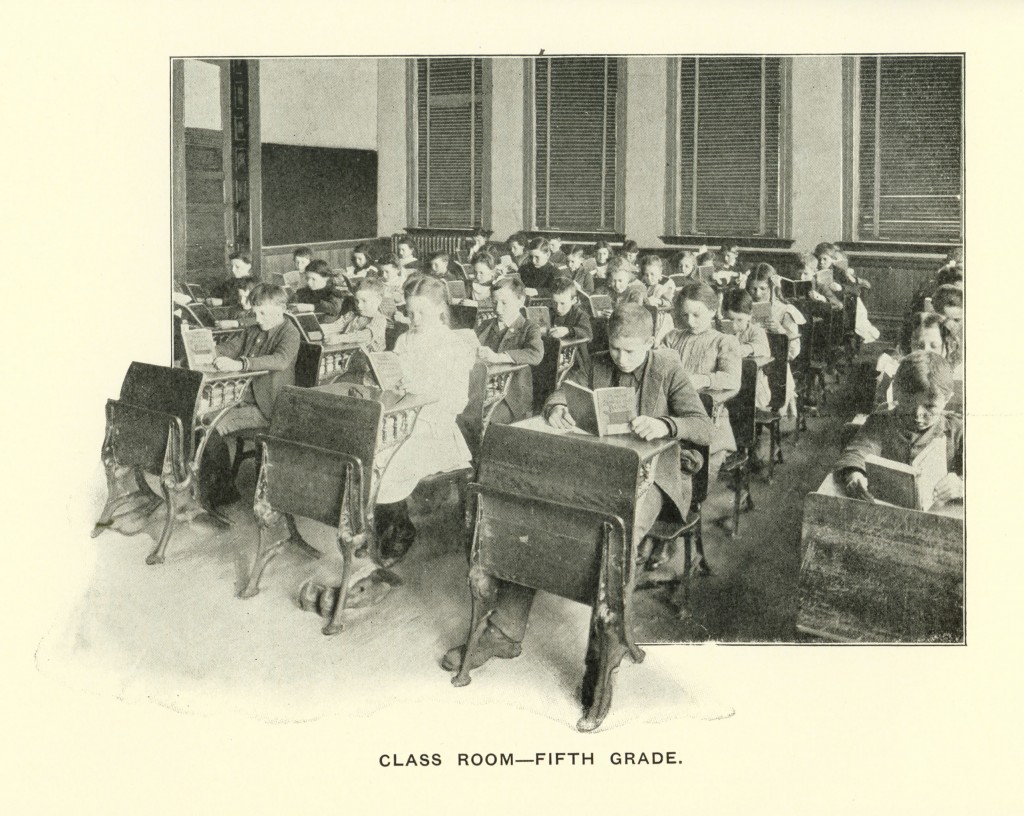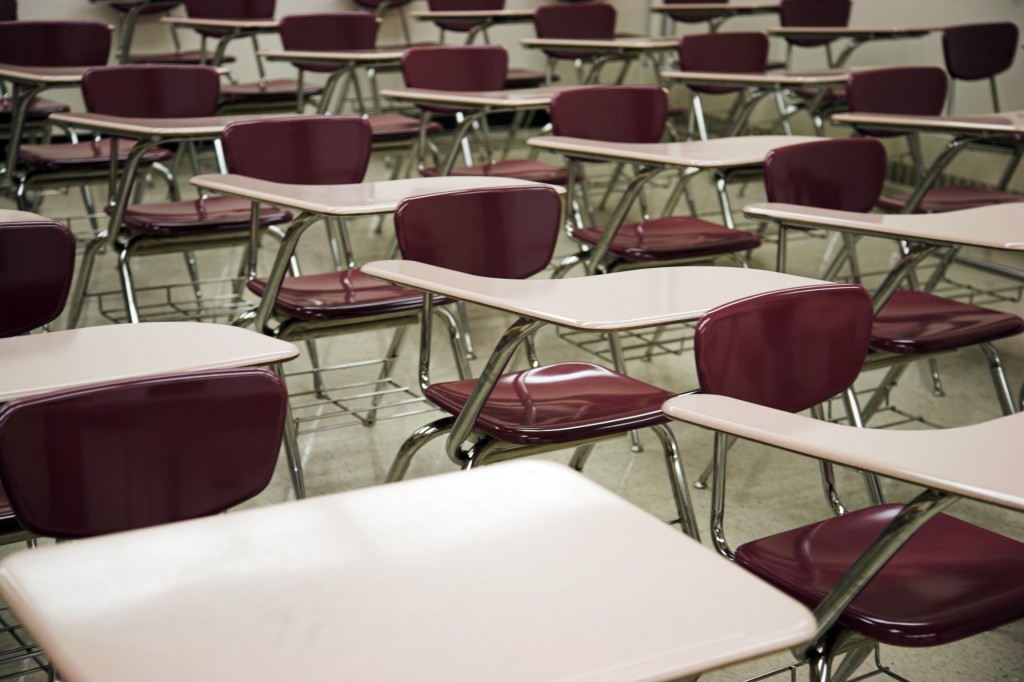How 1984 turned out like 1884
Unfortunately, 1984 turned out like 1884 in the realm of education.
‘While going about my day, I sometimes engage in a mental exercise I call the Laura Ingalls Test. What would Laura Ingalls, prairie girl, make of this freeway interchange? This Target? This cell phone? Some modern institutions would probably be unrecognizable at first glance to a visitor from the 19th century: a hospital, an Apple store, a yoga studio. But take Laura Ingalls to the nearest fifth-grade classroom, and she wouldn’t hesitate to say, “Oh! A school!”
Very little about the American classroom has changed since Laura Ingalls sat in one more than a century ago.’
—The 21st-Century Classroom, by Linda Perlstein
In her Slate article, excerpted above, Linda Perlstein, an education writer, muses about the effects that school classroom layout and design affect the learning that takes place. She even asks her readers to submit their “best ideas for transforming the American school”. She conflates this request with “asking you to describe or even design the classroom for today, a fifth-grade classroom that takes advantage of all that we have learned since Laura Ingalls’ day about teaching, learning, and technology–and what you think we have yet to learn”.
I think that Linda’s emphasis on transforming the physical learning workspace as the answer to our educational system’s woes focuses on the wrong issue.
Certainly, most modern school classroom layouts have changed very little from Laura Ingalls’ day. But this is a symptom of the lack of change in educational circles, not a cause. It’s often easy to alter the physical layout of a learning space simply by changing the furniture or rearranging it. (Get rid of those chairs with individual writing areas shown above!) And, see Paul Radde’s Seating Matters for a comprehensive introduction to this topic.
Why schools don’t redesign their learning spaces
The reason why schools don’t redesign their learning spaces is because the traditional all-chairs-face-the-front approach mirrors the teaching style perpetuated by our culture for the last 1,500 years. We get classroom layouts that optimize our teaching paradigm. Changing the classroom’s physical design and hoping that our learning environment will somehow improve is a great example of wishing that the tail would wag the dog.
First, change how we teach and how we expect to learn. Then, the need to change our physical educational environment will become pretty obvious. Laura, please use your considerable journalist skills to explore how we do and don’t learn effectively. Publicize what you find—we’ll all be the beneficiaries!
And then perhaps 2084 won’t look like 1984.
Do you think that changing our physical learning environments is the way to improve how well we learn? Or do you think that changing the ways we learn will lead to fundamentally different learning environment designs?
Image attribution: Flickr users buttepubliclibrary and dcjohn


